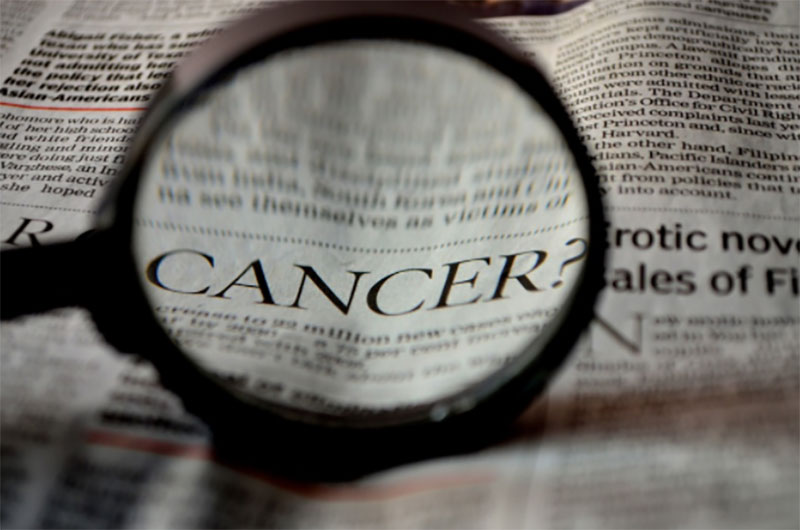 IIT Kharagpur
IIT Kharagpur
IIT Kharagpur creates device for detecting oral cancer
Kharagpur: IIT Kharagpur, under Ministry of Education, Government of India, have developed a new highly accurate, portable, yet user-friendly, affordable and non-invasive device for detecting oral cancer in resource-constrained clinical settings.
Experts from the Guru Nanak Institute of Dental Sciences and Research, supervised the clinical trials and have established the efficacy of the new method in differentiating cancerous and pre-cancerous stages of suspected oral abnormalities, as verified by high standard biopsy reports.
The research work has recently been published in the prestigious Proceedings of the National Academy of Sciences, USA and is also selected for eminent print journal, “In This Issue.”
This novel platform technology includes a portable handheld unit that combines various sensors and controllers that feeds the measured data to a computer simulation engine to classify normal, pre-cancer and cancer cases in oral cavity, without needing referral to specialized medical centres for resource-intensive diagnostic procedures.
The new device invented, offers an elusively simple yet automated touch-free approach of estimating blood flow variations in different regions of the potentially diseased tissue, specifically relating to the diseased condition.
This has proven to be technologically superior as compared to thermal imaging based screening technologies currently in use, since temperature in the tissue itself varies with the surrounding conditions, and also due to combined variabilities in the local blood flow and metabolism, accordingly not always a specific indicator of the diseased state under investigation.
Decisive exclusivities of the technology have also been achieved by infusing a machine learning based classification approach with physics-based analytics, based on thermal images obtained from the portable device.
Since oral cancer, at its early stage, is known to manifest an increase in blood flow whereas a full-grown cancer reveals decrease in blood flow similar to pre-cancer or normal cases, such data-science augmented interpretation algorithm has minimized inevitable instances of misclassification due to similar common deceptive features among different medical conditions.
This may be compounded by obvious inter-patient variability that, in borderline cases, may lead to wrong clinical decision.
The patent for this new technology which detects the potential vulnerable cases early enough during the first examination by a clinician, has already been filed.
Cancer of the oral cavity remains to be one of the major causes of morbidity and mortality in socially-challenged communities, which reveals on-an-average 80 percent chance of five-year survival rate if diagnosed early.
The survival rate drops to 65 percent or less in more advanced stages. Most oral cancers remain undetected until reaching an advanced stage.
At resource-constrained settings, there is a serious dearth of accurate yet affordable diagnostic tools to arrive at a decisive recommendation during the first possible clinical examination of the patient.
This challenge stems from various elusively overlapping features of oral cancer (i.e., oral squamous cell carcinoma) with certain common pre-cancer conditions (oral sub-mucosal fibrosis, oral leukoplakia, oral erythroplakia, and oral lichen planus) and several other types of mouth-sores and ulcers.
Without high-end resources, the clinician is compelled to rely more on sensibly recognizable features at-risk oral sites (buccal mucosa, tongue, gum, palate, etc.), in addition to patient medical history. Often, the most practical resort is the golden subjective RULE (red and/or white lesion, ulcerated, lump, exceeding duration of three weeks), presenting more dilemma or ambiguities in clinically confusing scenarios.
Accessibility to resource-intensive and costly diagnostic facilities are available only at super-speciality medical centres.
Saving millions of lives in the first examination process, this value added tool is an inexpensive co-option to the standard established clinical practices which is likely to strengthen the confidence of doctors in preliminary decision making.
Support Our Journalism
We cannot do without you.. your contribution supports unbiased journalism
IBNS is not driven by any ism- not wokeism, not racism, not skewed secularism, not hyper right-wing or left liberal ideals, nor by any hardline religious beliefs or hyper nationalism. We want to serve you good old objective news, as they are. We do not judge or preach. We let people decide for themselves. We only try to present factual and well-sourced news.






